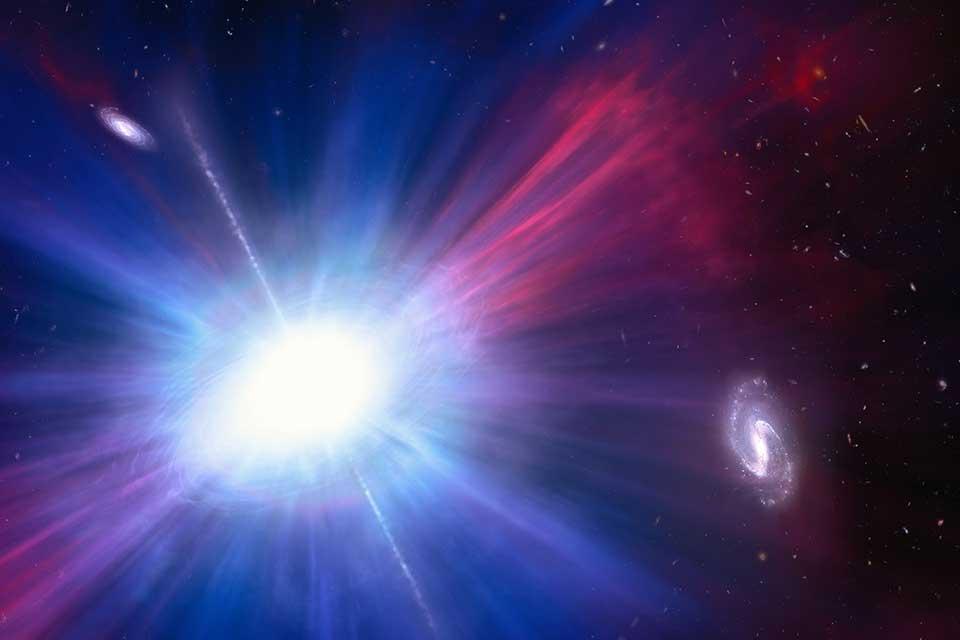Astronomy and astrophysics
Astrophysics
Astrophysicists at the University of Oxford have helped to discover a spectacularly bright and unusual explosion in a galaxy 4.4 billion light-years away. The explosion, a fast blue optical transient (FBOT), is one of only a handful to have been discovered to date; Professor Stephen Smartt from the Department of Physics helped to discover this latest FBOT having discovered the very first FBOT in 2018. The findings have been published in the journal Nature.

